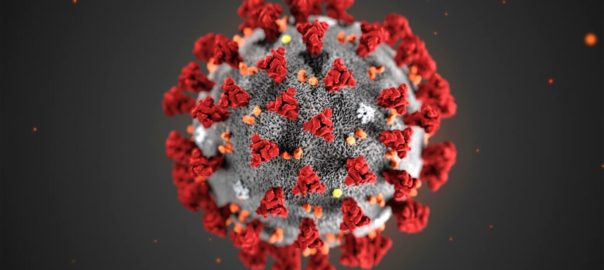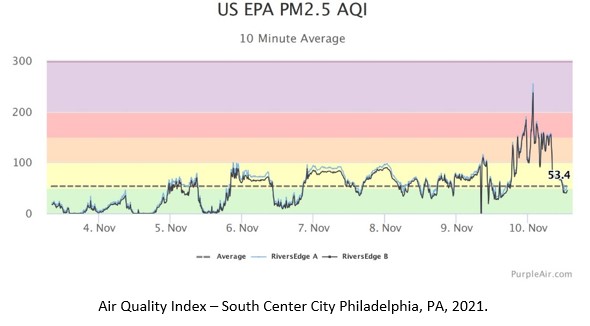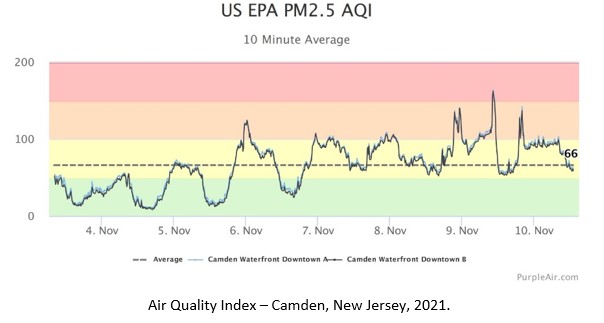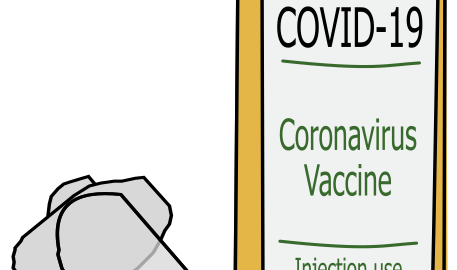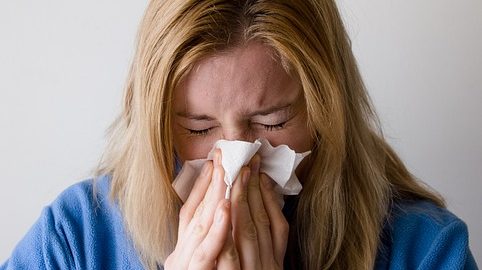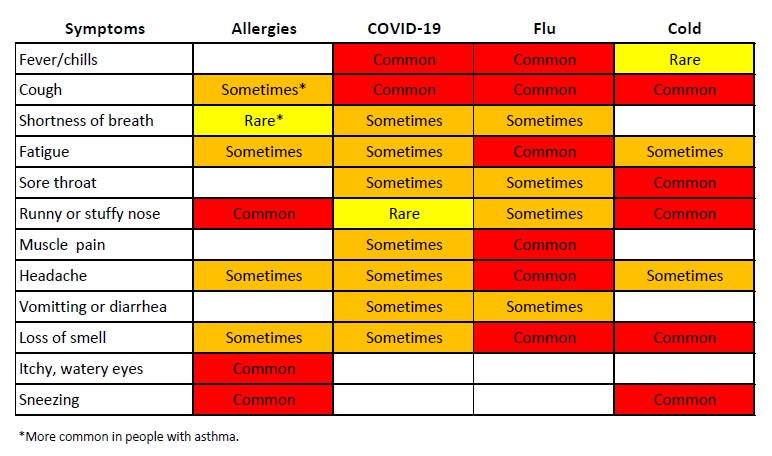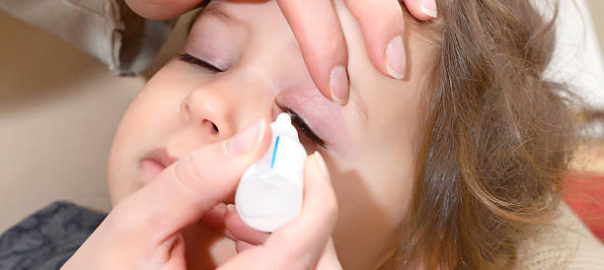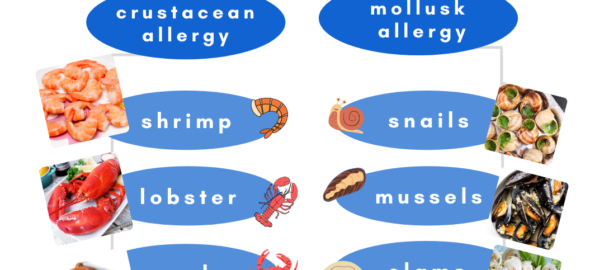Prevalence of Seafood Allergies & Sub-group Allergies
Allergies to seafood are the most commonly reported allergy for adults and are among the most common for young children. Seafood allergies affect about 1-3% of the general population, with allergy to shellfish specifically being the most common and tending to cause more severe reactions and emergency department visits. Seafood allergy can be split into two categories: fish allergy and shellfish allergy. Fish (vertebrates with bony spines) allergy can include allergies to species like the following: salmon, tuna, and cod. Shellfish (invertebrates with no bony spine) allergy is further broken down into crustacean allergy (shrimp, lobster, crab, etc.) and mollusk allergy (snails, mussels, clams, oysters, etc.). Many individuals who are allergic to one type of shellfish are also allergic to the other. Crustacean allergy is more common than mollusk allergy. Geographic distribution and varying dietary patterns also influence the prevalence of shellfish allergies; for example, shellfish allergy is considered more common in Asian countries, where shellfish is more often consumed, than in, for instance, the US.
Shellfish allergy throughout life
Shellfish allergy can develop at any age throughout life and can be persistent, even for those with new onset shellfish allergy. Some individuals, on the other hand, can experience an allergic reaction the first time they eat shellfish.
Causes of seafood allergy
Fish allergies are primarily caused by parvalbumins, a type of calcium-binding protein. Other allergens that can cause fish allergy include enolases and aldolases, two enzymes, and fish gelatin. The major allergens in shellfish allergy are muscle proteins called tropomyosins. Other allergens in shellfish allergy include myosin light chain (a muscle protein), arginine kinase (an enzyme), and hemocyanin (a protein in mollusks that carries oxygen).
Mechanism of seafood allergy
Most allergic reactions occur in response to recognition to the above allergens by allergy antibodies known as IgE antibodies. After exposure, the body produces antigen-specific (for example tropomyosin-specific) allergy IgE antibodies. These specific IgE antibodies bind to mast cells (a specific type of immune cell), and can also bind to allergens (like tropomyosin) when exposed. Binding the allergen to the specific IgEs on mast cells spurs an allergic immune response, prompting mast cells to release histamine and other inflammatory chemicals to produce allergy symptoms.
Symptoms of seafood allergy
These reactions often present within one hour of ingestion. Common symptoms include:
- Hives (urticaria)
- Shortness of breath (dyspnea)
- Throat tightness
- Deep swelling of various body parts (angioedema)
- Respiratory symptoms
- Swelling of vocal cords and epiglottis that can cause airway obstruction (laryngeal edema)
- Severe allergic reaction (anaphylaxis) involving multiple body parts and often occur with a drop in blood pressure
Contact dermatitis
Contact dermatitis is another allergic reaction that can occur after handling seafood. Contact dermatitis is characterized by an allergic skin reaction, usually red, itchy, and swelling in the general spot of contact. This reaction occurs in response to the allergic proteins that enter the skin after contact and often occurs after previous sensitization. Contact allergies to shellfish may occur in the absence of respiratory or GI symptoms. These reactions can take anywhere from minutes to hours to occur.
Inhalation of allergens
Inhalation of seafood allergens, for example during cooking or processing, can also cause allergic reactions to the inhaled proteins. These reactions can cause symptoms similar to asthma.
Cross-reactivity
Cross-reactive allergens are similar proteins present in different substances. The proteins share the majority of amino acid sequences, the building blocks of protein, stimulating production of allergy antibodies (IgEs) that can react to similar appearing proteins across different substances. Cross-reactivity is high (91-100%) amongst shellfish species as well as some non-shellfish substances due to the presence of shared cross-reacting tropomyosin and other muscle protein allergens. Therefore allergic reactions to crustaceans and mollusks may be due to cross-reacting proteins found in crickets, cockroaches and dust mites.
For example, shellfish and house dust mites have similar tropomyosin structures (sharing around 80% similarity). Thus, it is suspected that frequent exposure through inhalation of non-shellfish sources, like house dust mites, may sensitize the individual to cause shellfish allergy by stimulating production of IgE to tropomyosin and other muscle proteins, then causing reactions to shellfish upon ingestion. For each person with diagnosed seafood allergy, it is imperative to also consider and test for cross-reactive proteins in dust mites and cockroaches.
Seafood allergy and iodine allergy
A common misconception is that individuals with shellfish allergy cannot take iodine or radio contrast material (RCM), which is used for contrast radiologic studies like CT scans and angiograms. This is not true. Previously it was believed that the iodine caused allergic reactions, but now it is known iodine itself does not cause allergies or shellfish allergy. Thus, patients with shellfish allergy are not at greater risk of reacting to RCM than non-shellfish allergic patients. Individuals with shellfish allergy are not at greater risk of reacting to iodine and individuals who react to iodine-containing products (like Betadine or povidone) are not at greater risk of reacting to shellfish.
Seafood-dependent exercise-induced anaphylaxis
Exercise-induced anaphylaxis can be triggered by ingestion of certain foods followed by exercise or exertion. Shellfish is a common cause of food-dependent exercise-induced anaphylaxis. Symptoms are usually similar to those of anaphylaxis (flushing, hives, fatigue, swelling of the face or extremities, gastrointestinal symptoms, and hypotension) and can begin during or after exercise. Usually, stopping exercise and avoiding food before exercise helps remedy this.
Pseudo-allergy or masqueraders of shellfish allergy
Anisakis reactions
An allergic reaction to a parasite called Anisakis simplex is another form of pseudo-seafood allergic reactions, that often go underreported and underdiagnosed. Anisakis is a small worm commonly found in seafood that infects these sea creatures through ingestion. These worms can affect humans if the Anisakis-ingested seafood is eaten without being fully cooked. This parasitic worm can be present in salmon, herring, cod, mackerel, squid, halibut, red snapper and shellfish, like shrimp. The allergic reactions produced are due to allergy IgE antibodies directed against Anisakis rather than to the seafood itself.
Anisakis reactions have been shown to cause symptoms ranging from acute or chronic hives (urticaria) to anaphylaxis. Understanding this allergy is important because Anisakis allergy may masquerade as a seafood allergy. Blood testing can be used to identify IgE antibodies specific to the Anisakis allergens.
Food protein-induced enterocolitis syndrome (FPIES) in children and adults
Enterocolitis is an inflammation of the small intestine and colon, both of which are parts of the digestive system. Symptoms can appear hours after ingestion and can include vomiting and diarrhea. In some cases this reaction can worsen to dehydration and low blood pressure. This is not an IgE-mediated reaction but instead is thought to be in response to other immune cells called T-lymphocytes and their inflammatory proteins (called cytokines). FPIES is presented in early infancy but usually resolves in childhood. Adults can experience an enterocolitis-like reaction as well, often after repeated exposure to a suspected food.
Scombroid poisoning
Scombroid poisoning, also known as histamine poisoning, is another seafood-related reaction that is often confused with seafood allergies. Scombroid poisoning typically results from eating spoiled or inadequately refrigerated fish/shellfish. This reaction is due to the presence of naturally-occuring histidine in fish or shellfish. As the seafood spoils, bacteria grow rapidly and convert histidine to histamine. Ingestion of histamine can cause a pharmacologic reaction in susceptible individuals that mimics the symptoms of allergies. Symptoms of scombroid poisoning can closely resemble a typical IgE-mediated allergic reaction, including nausea, vomiting, facial flushing, respiratory symptoms, itching and hives. Treatment includes administration of fluids, antihistamines, oral steroids, and at times epinephrine.
Ciguatera Poisoning
Ciguatera fish poisoning is a similar appearing acute reaction to scombroid poisoning, but this poisoning is caused by Ciguatera toxins. These toxins are often found in larger predator fish, such as barracuda, red snappers, eels, sea bass, and Spanish mackerels. This is a commonly unreported or misidentified condition, but can have significant consequences. These reactions are often confused with allergic reactions to the predator fish, with symptoms including dizziness, abdominal cramps, vomiting and hypotension.
Testing for shellfish allergy
Skin testing is often recommended as a first method of evaluation of shellfish allergy. Interpretation can be difficult due to potential cross-reactivity between types of seafood or between shellfish and dust mites. Skin tests with commercial seafood extracts usually show reliable results, but if there is uncertainty, the actual food can be used. Commercial seafood extracts may also run the risk of false negatives, because the extracts often only have the major allergen tropomyosin and not the secondary allergens like myosin light chain protein and hemocyanin. Dust mites and other cross-reactive species do possess the secondary allergens that can sensitize an individual, making them more susceptible to a subsequent allergic shellfish reaction. So, it is important to test for reactions to dust mites and cockroaches, otherwise the skin testing may be incomplete and lead to falsely negative results.
Food challenges may also be done, most often when skin tests and/or history is inconclusive.
Unorthodox testing is available for food allergy, but is not recommended. Examples of this type of testing includes use of electrodes (Vega testing), cytotoxic testing (Bryan’s test), iris examination (iridology), IgG food antibody testing, hair analysis and more. In addition to being ineffective, these tests can lead to negative consequences for the patient such as unnecessary dietary restrictions and false confidence about protection from allergies.
Treatment for shellfish allergy
Allergy to shellfish is usually not outgrown and persistent throughout life. The first line of treatment is thus strict avoidance of shellfish. A major part of this includes avoidance of foods that can potentially be cross-contaminated with shellfish. For example, grocery stores or restaurants where foods can contain unexpected derivatives of shellfish, like in stocks or oils used to prepare the foods. It is important to always ask the person preparing the food if there is risk of hidden exposure. Those with food allergies should also always carry self-injectable epinephrine to treat serious reactions from accidental exposures.



